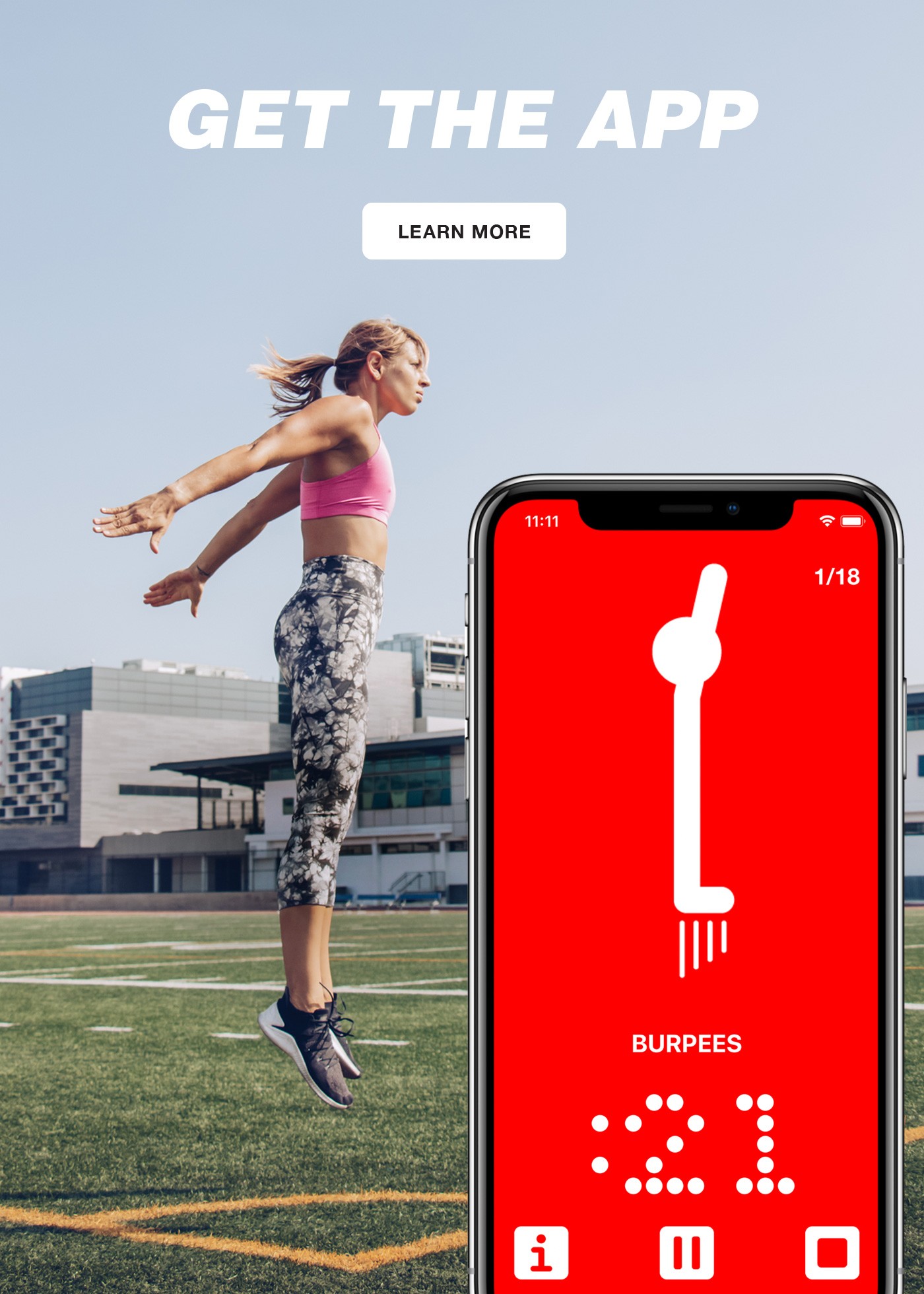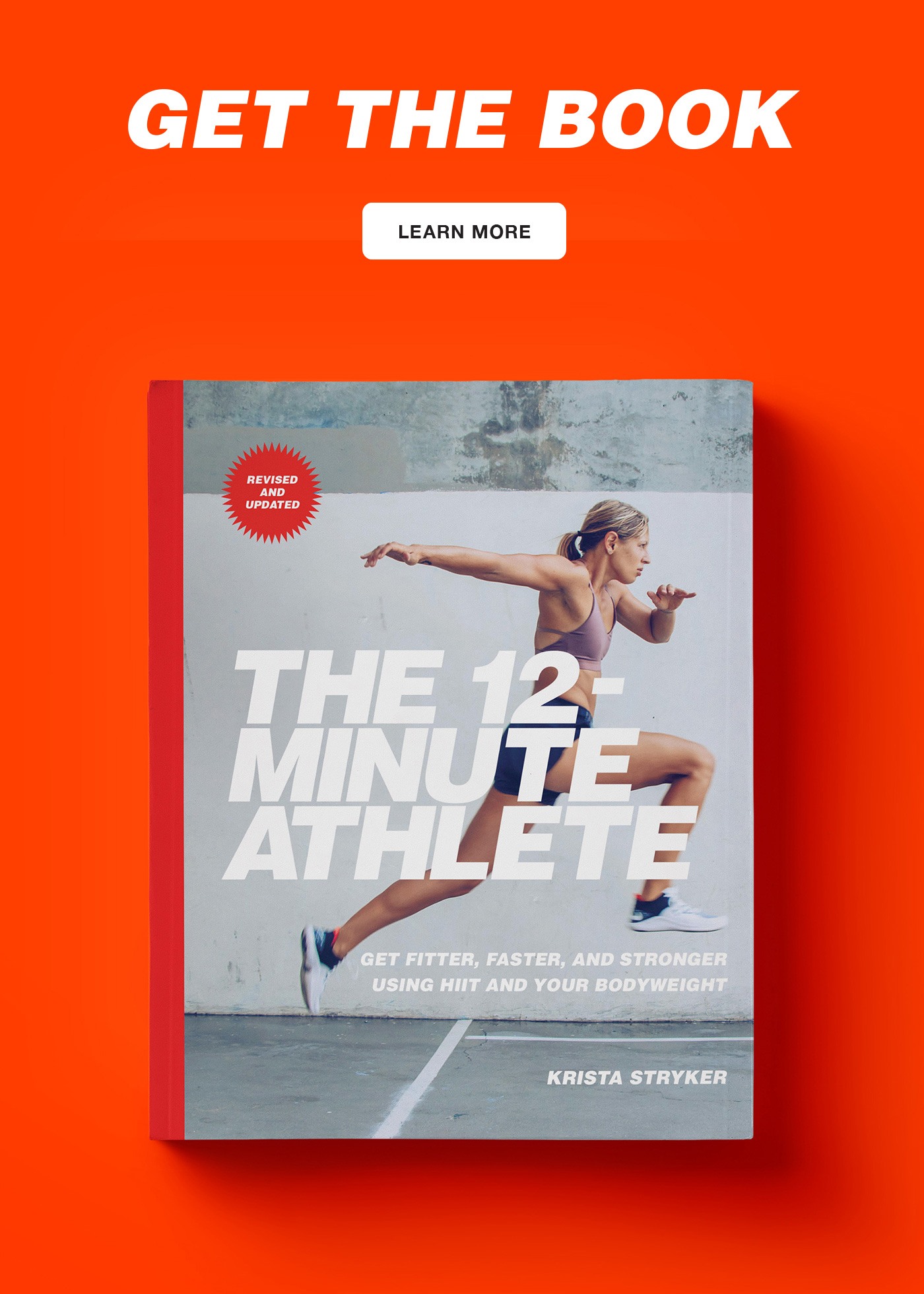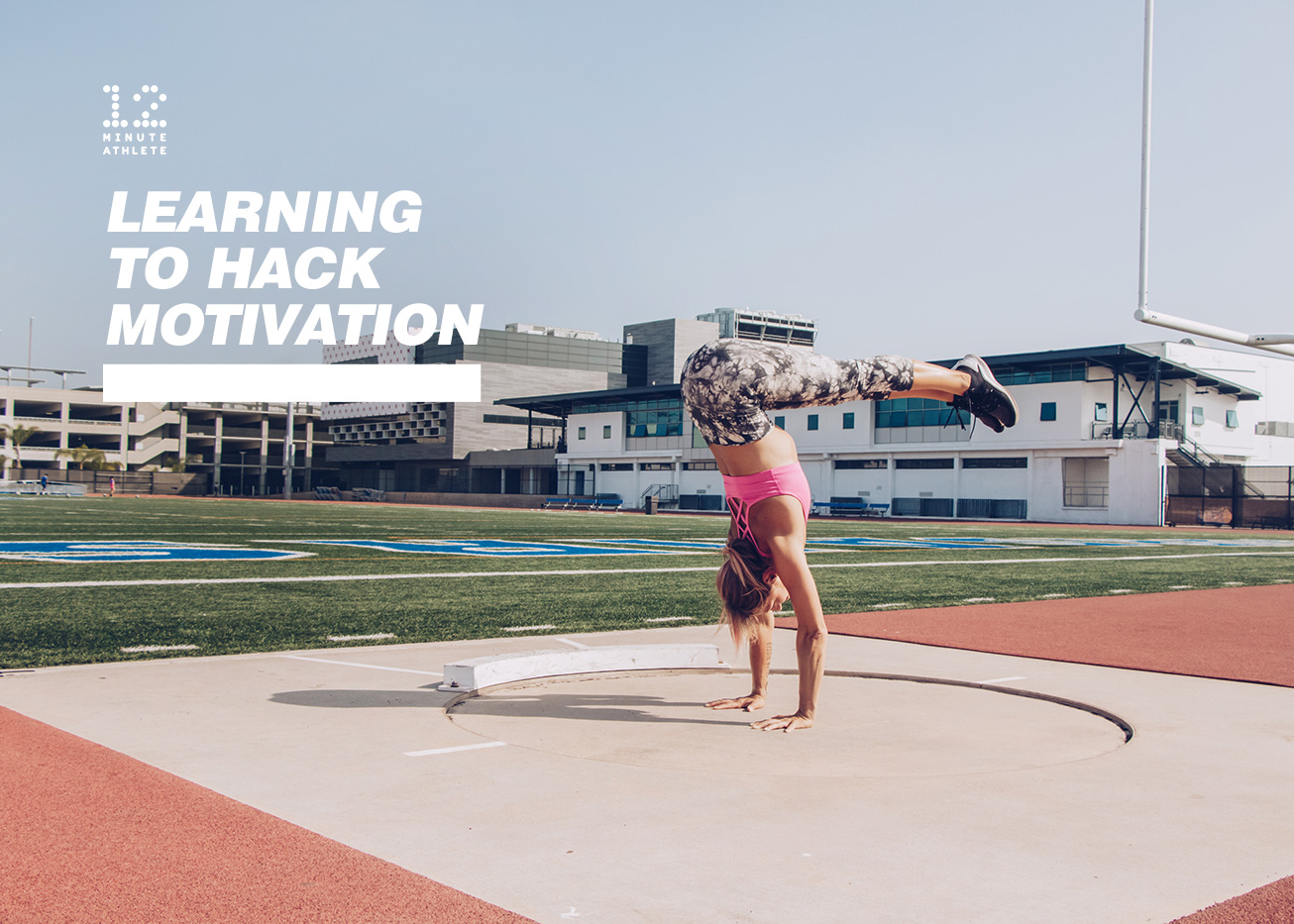“Whereas people usually say they are playing a sport, they use the term workout to describe vigorous exercise, reflecting that for many this may not be the most enjoyable part of their day.” – Richard M. Ryan and Edward L. Deci, Self-Determination Theory
There is little question among scientists and psychologists that we are made to move as humans. As kids, we naturally run, jump, bound, and play.
For kids, playgrounds equate to endless hours of enjoyment. Metal bars are viewed not as something to cringe at and avoid, but as something to delight in.
Moving is FUN.
Yet for many of us, this notion of movement as something to look forward to doesn’t last long.
Somewhere along the way, movement slowly transforms from something we naturally crave without thinking in childhood, to something we’re taught to dread (yet feel like we have to do) as we reach adulthood.
No wonder most people struggle with motivation to get and stay fit.
Fortunately, this mindset can be changed.
By learning to reframe your idea of what exercise is, you can hack motivation, break through plateaus, and make exercise fun again.
Why Movement Becomes Less Fun
While most of us begin our lives enjoying movement as children, that natural craving often lasts until around the time we hit puberty, when all of a sudden P.E. becomes something to dread and playgrounds are only for jocks.
Unless, of course, we’re lucky enough to partake in—and enjoy—a team sport.
Young adults involved in team sports learn invaluable lessons along the way, including the joy of setting—and achieving—goals, how to weather setbacks, how to work with others (and even better, how to get into group flow or “in the zone” with our teammates), how to be coached, how to develop a growth mindset and learn real grit, and so on.
The transition typically starts earlier for teenage girls than boys, who learn around their pre-teen years that society expects them to look a certain way.
Expectations don’t just exist for how we move, but also how we eat.
I can still recall the moment that I learned from my older brother that ice cream was bad for me while making a banana milkshake. My eyes welled up with tears, and my cheeks turned a shade of perfectly ripe tomato.
I was around eleven years old.
Unless we are surrounded by adults who themselves have a healthy, positive relationship with food, food starts to become shameful around this time.
What’s more, rather than being encouraged to play and actually have fun through movement, many kids around this age not involved in school sports are soon told they should be “exercising” and going to the gym, things adults do in order to avoid having to keep buying larger pant sizes.
Without intervention, most of us carry this same attitude around movement into adulthood.
While exercise is something most of us know we should do to be a fully functioning human being, we’ve also learned to view it in a similar way to how many people view work: something that we do only because we have to, and is definitely never fun.
Most People’s Understanding of Exercise is All Wrong
When people tell me they’re not motivated to exercise, it doesn’t surprise me when they also tell me that their typical workout consists of 45 minutes of slogging it out on the cardio equipment at the gym along with a few biceps curls and maybe a squat or two thrown in.
This classic gym goer’s workout isn’t just ineffective and non-goal oriented—meaning you’re not likely to know if you’re ever actually making any progress—it’s also boring as hell.
I know this because this was exactly how I used to work out, back when I was first trying to get into fitness but had zero idea how to actually do so.
I was in college at the time, and was trying to work off the freshman fifteen I had gained by living mainly off of Kraft mac and cheese and the free Starbucks pastries I snuck while making sugary lattes at my first real job. Not only did I fully dread my workout, but it also gave me a false sense that I would never be able to get in shape.
After all, I was going to the gym three times a week, so why did my muffin top refuse to budge?
Now I know the obvious answer to that question: my workouts were ineffective, and my nutrition was sorely lacking.
Looking back, it’s clear that my understanding of what exercise was supposed to be was all wrong. I believed—similar to how many people view work—that exercise was something I had to do to be a fully functioning human being. It was not something to look forward to, and was definitely never fun.
The best way I’ve found to hack motivation is to turn exercise from an obligation to something that’s actually enjoyable. And that requires a mindset shift.
Reframing Your Idea of Exercise
If you, like I did in my college years, view exercise as something you know should be doing but also as something to avoid whenever possible (see that paradox there?), I have two questions for you:
- What did you love to do as a kid?
- What have you always wanted to do or be able to do?
Let’s unpack these.
Rekindling Childhood Play
As adults, most of us were taught that we should leave our childhood silliness behind and engage in exercise in a more adult manner. But why does that have to be the case?
Without fail, when I ask people what they loved to do as kids, even the most exercise-adverse people immediately tell me how much they loved gymnastics, or skateboarding, or playing pickup basketball, or skipping rope on the playground with their friends.
“So, why did you stop?” I always ask.
Usually, I get a blank stare, or maybe a list of reasons (excuses), like they got older, or they got injured, or they have kids of their own now so they can’t go about acting like a kid.
Underlying every response is the same basic reason: most people assume that exercise and movement is something that’s enjoyable only for kids. As adults, we need to grow up and do boring, adult-like exercise instead.
This is blindingly apparent when I pass by a playground, and the kids are (literally) screaming with joy, running and jumping and swinging and going down the slide to their heart’s content. At the same time, their parents slump into the nearby benches, phone in hand, waiting for the minutes to tick by so they can do the laundry and cook dinner and then maybe fit in a workout if they’re not too beat.
But who says you have to stop playing as an adult?
If your answer is because you think your boring version of adult exercise is more effective than sports or movement centered around actually having fun, you’re wrong.
Consider this:
Playing a game of pickup basketball burns significantly more calories than that monotonous slog on the treadmill.
Training gymnastics and calisthenics exercises and building up to some really cool skills will get you significantly stronger than the same old machine-based circuit at the gym—and help you move better in your everyday life.
And spending a couple of hours at a trampoline park is definitely more effective than watching the minutes tick by on the recumbent bicycle at the gym.
The key here is to think about what felt more like play than exercise as a kid, and go back to doing it.
And before you ask–no, you’re not too old.
Sure, it might look different now that you’re in your 30’s (or 70’s) than it did when you were younger. But by allowing yourself to move in a way that’s more natural to who you are, you’re going to be more motivated, which will lead to greater consistency, motivation, and, ultimately, enjoyment.
Creating Performance or Adventure-Related Goals
Maybe, like me, you weren’t super athletic as a kid and don’t have anything you used to do that brings back fond memories.
If that’s the case, it’s time to create some new ones.
Start by asking yourself this: What have you always wanted to be able to do? Or thought it was so cool that other people could do?
Do that.
In my experience, when given a few moments to think about it, most people will come up with some pretty cool answers without too much prompting. But if you’re not sure where to start, here are some ideas to get you thinking:
- Learn to surf
- Take up skiing
- Learn to do a handstand
- Start rock climbing
- Train for an obstacle race
Whatever the activity, you should feel a little nervous—but also excited—when you think of it. This butterflies-in-your-stomach feeling is the key to creating any big goal.
And don’t expect to be good when you’re just starting.
Take lessons, read books, work with a coach, do whatever you need to do to get past that first awkward learner’s stage, and into the more fun, flowy stage of the sport.
The added benefit to this approach is that when you find a sport or activity you love, you’re likely to become more motivated to move overall. Your workouts can then naturally support your new lifestyle, leading to greater motivation and joy in movement.
Change Your Mindset, Change Your Motivation
Many people assume they lack the motivation to exercise regularly or to go after bigger, harder, long-term fitness goals.
But what if the key to consistent, lifelong exercise isn’t finding more motivation on a day-to-day basis, but merely reframing your idea of what exercise is?
This simple mindset shift might be all it takes to hack motivation once and for all.




thanks for tips
Wow, Terrific idea! I am busy trying to think of what I would do to “play”. As a person in her 60’s, I have an additional issue that always comes to mind, though. My fear of. getting hurt. I spent a lot of time trying to teach myself to handstand when I was in college. It would still be cool to do that, and I get the idea of taking very small steps to that goal. But I can’t imagine I could even come close any more without a life changing injury occurring. Maybe i just need a different goal…